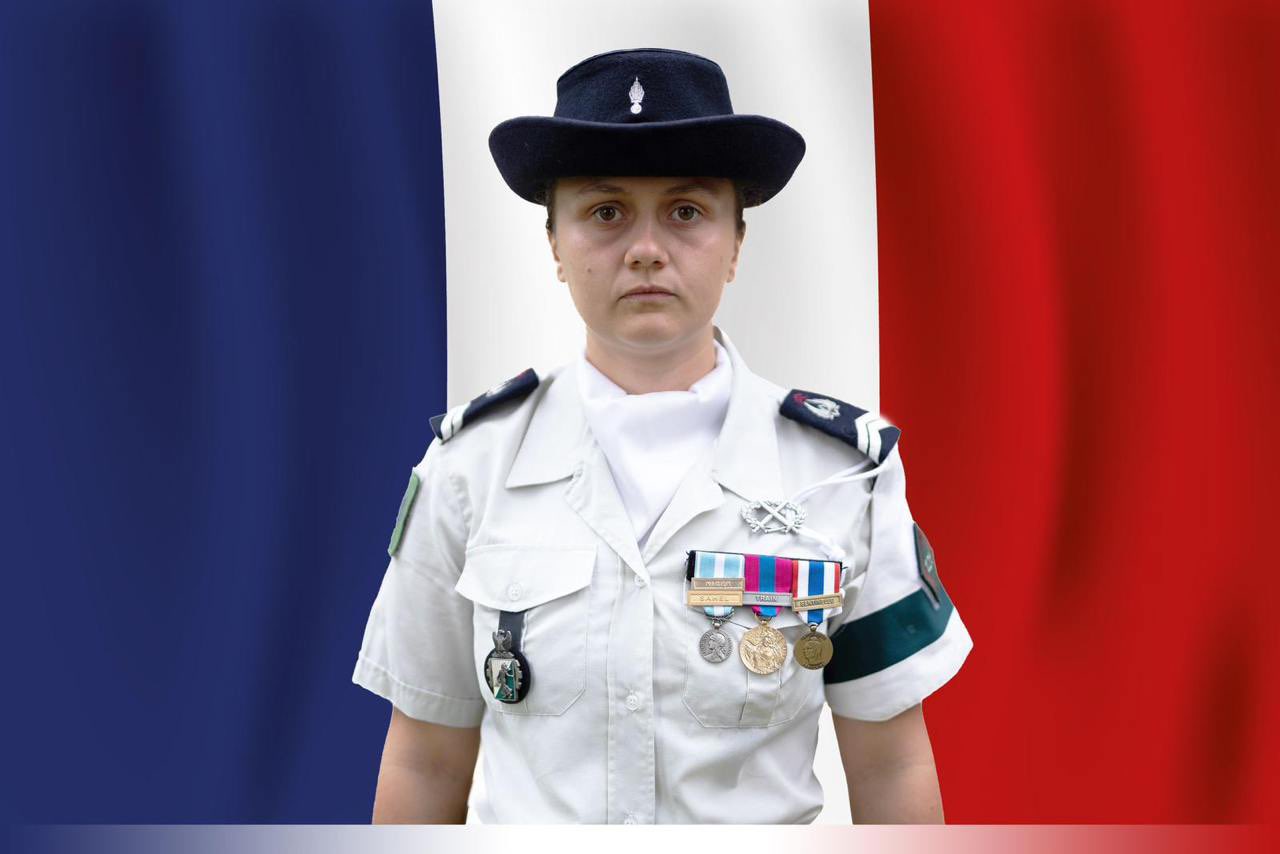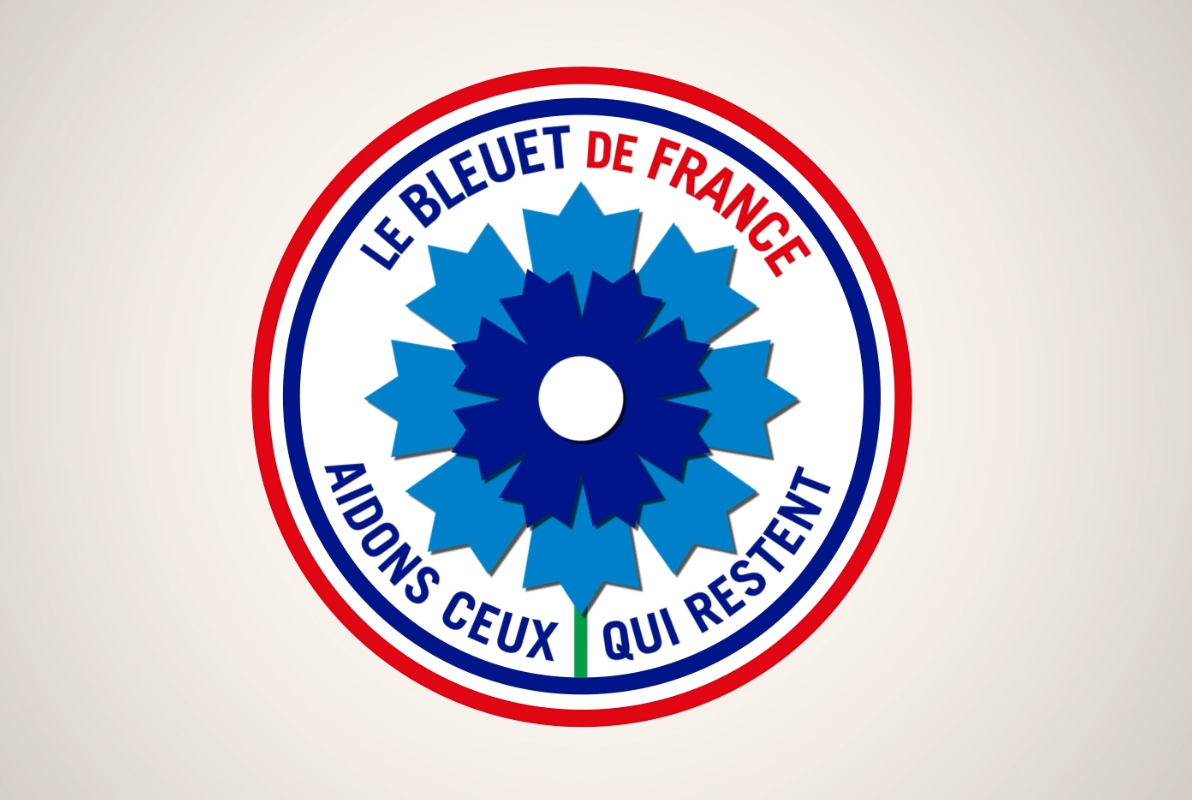Rafale is notable for its completely multi-role aspect. Its deployment in many different theatres of conflict enables us to understand its development better, and to see how it has been able to adapt fully to all of the types of operation to which the French Air Force has been committed over the past ten years.
Immediate Action: the Contribution of Rafale to recent Operations
‘For airmen and the Rafale community, 19 March 2011 was a great unknown.
At the time we didn’t know the full Libyan order of battle,
but we did know that there were active ground-to-air missiles.
And yet we sent our pilots thousands of kilometres from their bases,
with rules of engagement practically made up on the spot.
Put yourself in the mind of the pilot taking off at that time…’
General Denis Mercier, Chief of Staff of the French Air Force.
The Rafale is the emblematic programme and backbone of the French fighter force. It is special because of its total versatility and its destiny as the sole fighter aircraft of the French armed forces. It entered service with the Air Force in June 2006 and has already acquired considerable operational experience from its participation in operations in Afghanistan, Libya and Mali. Its deployment in these different theatres has enabled us to foresee its development possibilities, both operationally and in capability, and to appreciate its relevance to service in recent operations.
Operational build-up in Afghanistan
Immediately after its entry into operational service, the decision was taken to deploy the Rafale to the Afghan theatre. It was deployed in four phases, in 2007, 2008, 2009 and 2011, initially at Dushanbe and subsequently to Kandahar. Operations in Afghanistan required the Rafale for a specific part of the spectrum of operations, namely, close air support in a counter-insurgency environment.
In the first phase, the Rafale to F2 standard, was employed in mixed patrols with the Mirage 2000D, armed with GBU-12 laser-guided bombs. In this F2 version, the Rafale has ground attack capability but was originally limited by the absence of a laser designation pod and of AASM (1). It was therefore assisted by the Mirage 2000D in the designation of ground targets. During its various detachments the Rafale gained in operational maturity, in which the entry into service of AASM in 2008 was an important step. The AASM afforded an all-weather capability at a safe distance and complemented laser-guided munitions. Its use in Afghanistan allowed the validation of the Rafale/AASM combination on operations.
At the time of its latest deployment in 2011, as well as carrying the GBU-12 and AASM, the Rafale was equipped to F3 standard with the Damocles pod, the ROVER video system and an integrated air-to-ground fire control system for its cannon, which gave it maximum operational effectiveness. These considerable improvements confirmed the self-sufficiency of the Rafale in ground attack missions. Operations in Afghanistan also confirmed the effectiveness and reliability of the Rafale system for operations in a harsh environment. Although the practicalities of operations in Afghanistan are far from requiring all the Rafale’s operational capabilities, the versatility of the aircraft and its crews have been validated in an operational theatre. The integration of air-to-air and air-to-ground capabilities in the same aircraft confers a very significant operational bonus. In particular, the merging of data from the Link 16 data link, the air-to-air mode of the electronic sweep radar RBE2, improved optronics and the Spectra (Système de protection et d’évitement des conduites de tir du Rafale) threat warning system, provides the crew with an excellent appreciation of the tactical air situation.
The engagement in Afghanistan marks the first use of Rafale on operations. After a build-up phase, involving an eight-month period between its entry into service and its first deployment, the F3 Rafale has now reached its full operational status.
Rafale – first in the skies over Libya
This battle-hardening proved its value at the start of Operation Harmattan and enabled Rafale to be deployed quickly in the Libyan conflict. In accordance with the orders given by the President following the vote on the UN Security Council resolution on 17 March 2011, the French Air Force was ready to intervene 48 hours later at the time of the international summit in Paris on 19 March. In order to put the political decision into effect, a first raid on Benghazi was organized to end attacks on the population.
For this strategic mission, the aircraft had to operate against a defended theatre more than two thousand kilometres from their home bases in mainland France. This first mission to Benghazi, on 19 March 2011, was organized in three waves of aircraft, each including Rafales. The first wave had the mission of imposing the no-fly zone, the second carried out a reconnaissance mission to determine the situation on the ground and the third wave had the objective of striking military resources threatening the population of Benghazi. This first raid, whose story has been widely publicised, achieved all its objectives in that the installation of the air exclusion zone prevented any Libyan air attacks on the population, and the destruction of six armoured vehicles threatening Benghazi led the pro-Gaddafi forces to withdraw.
For the Air Force, the large distance to cover, the unknown situation in Libya and the presence of active ground-to-air systems in the area of operations give an idea of the achievement of the airmen on this very first penetration of a defended theatre more than two thousand kilometres from their bases. This was a major first for the Air Force, which demonstrated its ability to project force over a long distance and make the first incursion into a theatre without any support. This rare and demanding military capability places the French Air Force among the air forces of the world that count. The success of this mission validated the organization as well as the training and preparation of the personnel. At the strategic level, the close interlocking of the political timing and the tempo of air operations enabled the President’s will to be turned into reality immediately and thus ensure the credibility of France on the international scene. The Air Force demonstrated that it is capable of responding to political requirements, in just a few hours.
At the heart of this perilous strategic mission the Rafale is literally in the front line. Sending the aircraft in first on an air superiority mission demonstrates once more the confidence the Air Force has in its versatile fighter. The performance of its weapon systems, especially of its SPECTRA self-defence system, the best in the Air Force, and of the GPS-guided AASM, enabling it to be fired at a safe distance, mark out the Rafale as an effective and dependable tool, well adapted to the mission. What is more, the Rafales sent to Libya on 19 March achieved three different missions: air superiority, reconnaissance and the attack of opportunity targets, demonstrating the range of their versatility.
The whole of the air campaign demonstrates the flexibility of the Rafale in its final F3 Standard form. It successfully carried out all the missions devolved to the fighter force: air superiority, ground attack on planned or opportunity targets, and reconnaissance of a demanding theatre of operations not entirely devoid of an air threat. The engagement of Rafale in Libya also saw the first use of the SCALP-EG cruise missile in a strategic depth strike mission. The Libyan air campaign was proof of the technical and human maturity of the Rafale system within the French Air Force.
Apart from the operational effectiveness that the adaptability of Rafale brings to aerial manoeuvre, the savings in resources which it makes possible is also considerable. The same Rafales which carry out an air superiority mission one day can conduct a ground-attack mission the next. And, beyond the aircraft themselves, it is the same pilots, crews and ground technical support staff who operate the aircraft. This versatility allows the deployment of fewer aircraft to carry out a wide range of missions. How many specialised aircraft, with their dedicated equipment and personnel, would it take to conduct the same missions? And at what cost? Savings in technical and human resources have turned out to be a major parameter for the Air Force in the maintenance of a rapid operational tempo over a long period.
Compared with its usual role in Afghanistan, Rafale’s engagement in Libya is distinguished by a more uncertain environment, the confirmed presence of ground-to-air threats and the use of a wider spectrum of capabilities. During Operation Harmattan, French aircraft destroyed more than 1,000 targets and carried out around 5,600 sorties, of which more than 4,000 were for the Air Force. (2) For their part, Rafales made 1,039 sorties, totalling 4,539 flight hours. Air Force Rafales contributed 20 per cent of French combat sorties and 25 per cent of all combat sorties, providing an essential part of the French participation in operations over Libya. The participation of French air assets in Libyan operations is a hallmark of the excellence of French aviation in Europe. At a time when the American air resources we have become used to are being reduced, we must not underestimate the contribution of Rafale. Its effectiveness and unique capabilities greatly enhance the credibility of French action in support of our allies, and clearly demonstrate to everyone that France possesses a powerful military tool.
Rafale and power projection
At the start of Operation Serval in Mali, a flight of four Rafales was dispatched from its base in St Dizier to carry out a bombing mission on the rear bases of the terrorist groups.
The four Rafales, armed with AASM and GBU-12, and accompanied by C-135 tanker aircraft, took off from the St Dizier air base on 13 January 2013 on a journey of over 6,000 kilometres. During this mission, which took 9 hours 40 minutes flying time, the crews targeted and destroyed training camps, infrastructure and logistic depots of the terrorist groups, before landing at the N’Djamena air base.
This Rafale bombing mission was historic by virtue of its range, its duration and the demonstration it provided of the projection capability of air power. For all that, such combat aircraft only constitute the final essential link in a coherent operational chain. This chain is constructed around essential capabilities such as an aptitude for the command and control of air operations, intelligence and in-flight refuelling, which enables combat aviation to carry out its bombing missions more than six thousand kilometres from home territory.
Taken overall, the development of Rafale in Afghanistan and Libya has been impressive. The aircraft underwent a major capability revolution between its first deployment in Afghanistan and its engagement in Libya in 2011. It evolved from the F2 standard, limited to launching the GBU-12 with the aid of laser designation from a Mirage 2000D, to the F3 standard, capable of carrying laser-guided weapons and launching them independently using its Damocles pod, as well as carrying AASM and SCALP missiles. This as much due to lessons learnt from operations as from the normal development of standards and planned equipment upgrades.
The contribution of Rafale from the point of view of immediate action is evidenced by two firsts for both the aircraft and the Air Force: our capability for initial entry to a non-permissive theatre in Libya, and the completion of the longest bombing mission in the history of the Air Force in Mali. This guarantees France a capability of action over very long distances and at very short notice. ♦
(1) Armement air-sol modulaire – a precision air-to-ground, propelled, GPS-guided bomb. Two AASM bombs were launched in Afghanistan by a Rafale B on 20 April 2008, less than six days after its entry into operational service.
(2) Libye: les aviateurs dans l’opération Harmattan, Air actualités, hors série 2012, pp. 72-73.







